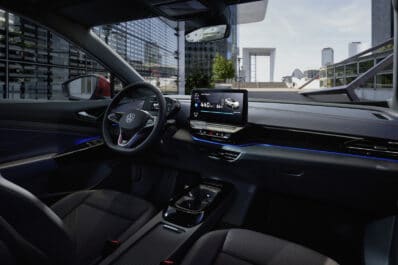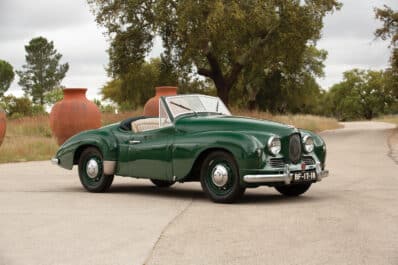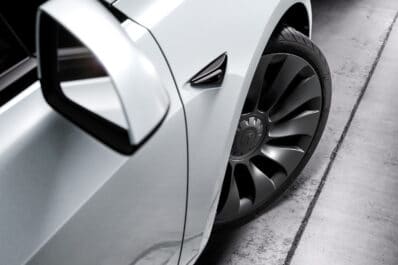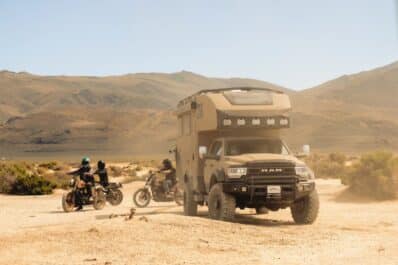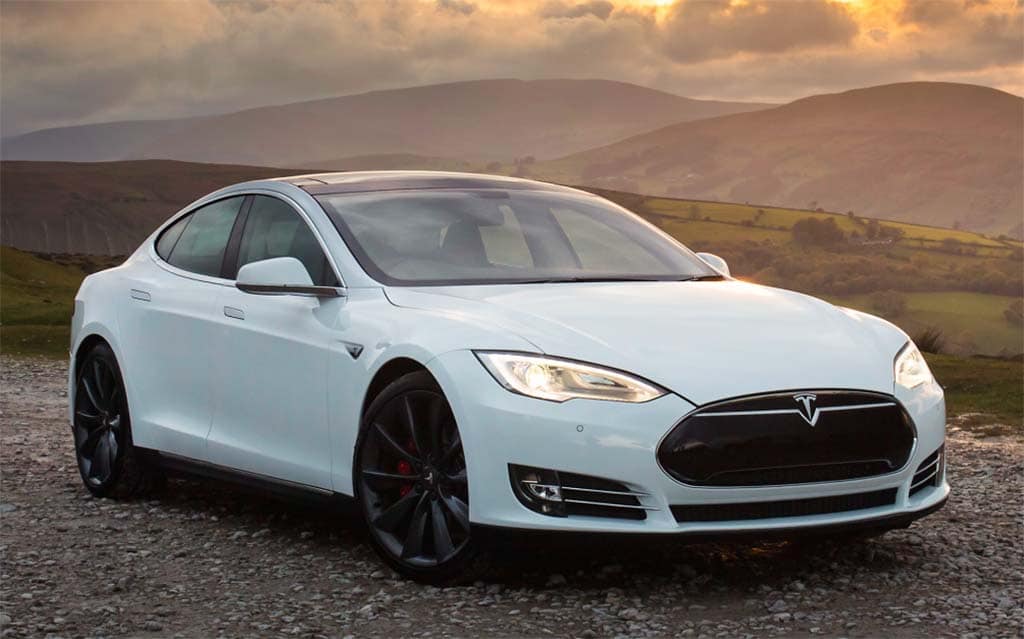
While it’s been more than a decade since battery-electric vehicles started going mainstream with the launch of the Nissan Leaf, consumers have had relatively few choices — especially when it comes to long-range models like the Tesla Model S and Chevrolet Bolt.
If you’re thinking about going electric, however, your patience may soon be rewarded. The next 12 months will see a wave of battery-powered cars come to market. Better yet, they’ll cover a broader range of model segments at a wider range of prices.
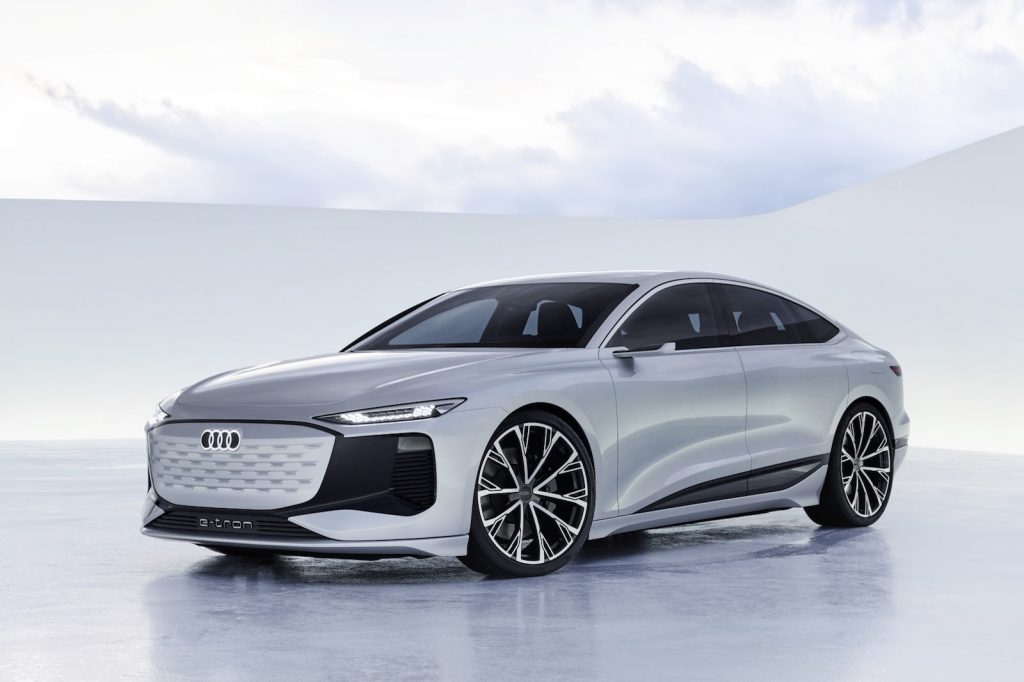
Here’s a look at some of the most notable BEVs you’ll see in showrooms by the start of the 2023 model year. And this is just Part I, from the Audi A6 e-tron to the Lucid Air. Click Here to check out everything from the Mazda MX-30 to the Volvo XC90 Replacement.
The EV wave crashes soon
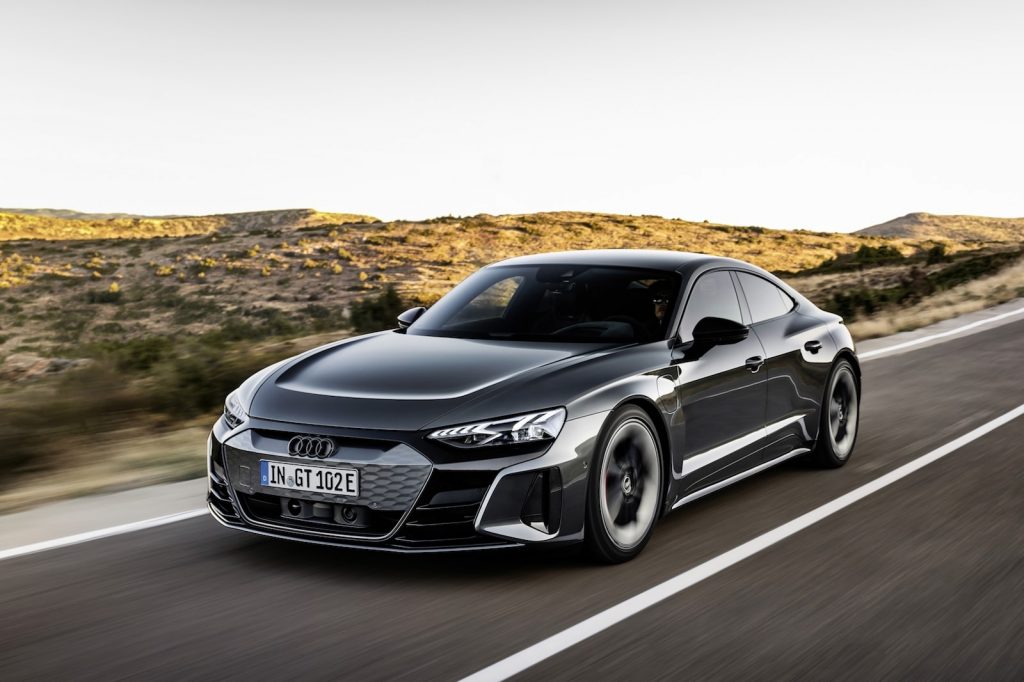
Audi A6 e-tron. Audi brought the first long-range all-electric model to the U.S. in the form of the original e-tron and plans to go 100% electric by 2033. So, expect to see a flood of new offerings in the coming years. That includes versions of familiar models like the A6. The gas and electric models will be sold side-by-side but the e-trons will ride on the brand’s new Premium Platform Electric, or PPE, architecture. Both will use Audi’s new 800-volt electric drive system allowing them to top off at 80% of battery range in under an hour.
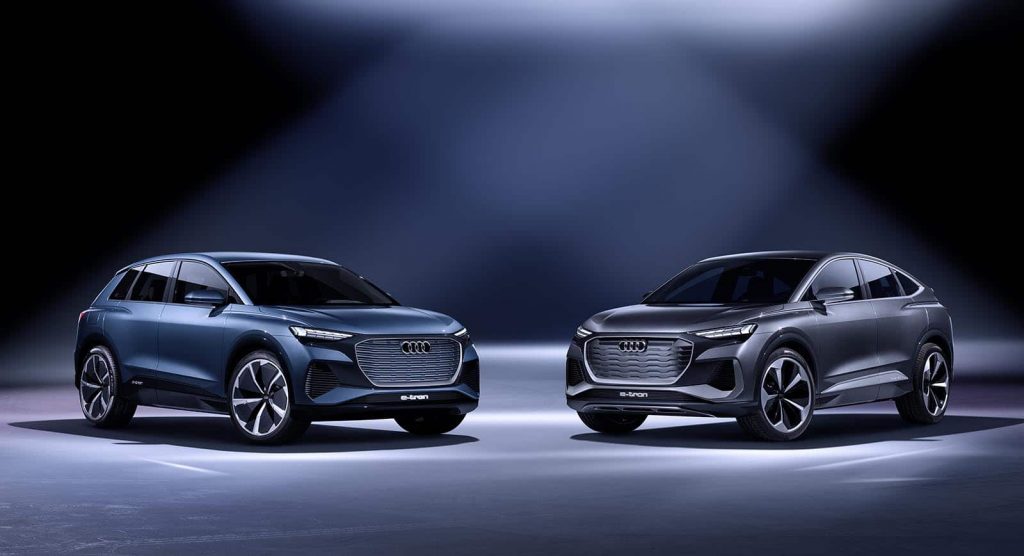
Audi e-tron GT. The sporty EV made a splash when it made its entrance at the 2018 Los Angeles Auto Show. It is back in production form for the 2022 model year, starting at $99,900. Something of an all-electric alternative to the gas-powered Audi R8, two versions are available: the twin-motor “base” model delivering 469 horsepower — which briefly jumps to 522 in Boost Mode — and the RS e-tron GT which makes 590 hp, and 637 with Boost enabled. The latter electric sports car can hit 60 in 3.1 seconds. Both top out at 155 mph and EPA range is estimated at 238 miles for the GT, 232 for the RS version.
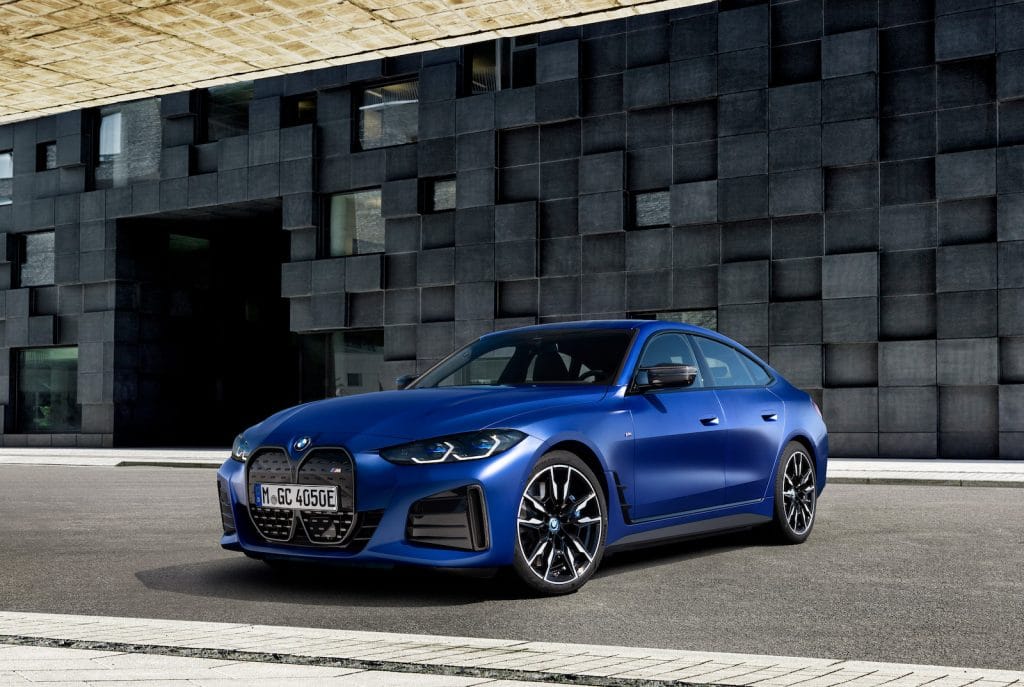
Audi Q4 e-tron and Q4 Sportback e-tron. Targeting the likes of the Tesla Model Y, the two electric crossovers are expected to join the German brand’s line-up late this year. Unlike the battery-powered A6 e-tron, they will ride on the older MEB platform shared with a wide range of VW models, such as the ID.4 SUV. The base model will be powered by a single 201-hp electric motor, with a twin-motor upgrade pushing that up to 295 hp and adding all-wheel drive. Range will be similar to the current e-tron SUV at around 250 miles per charge.
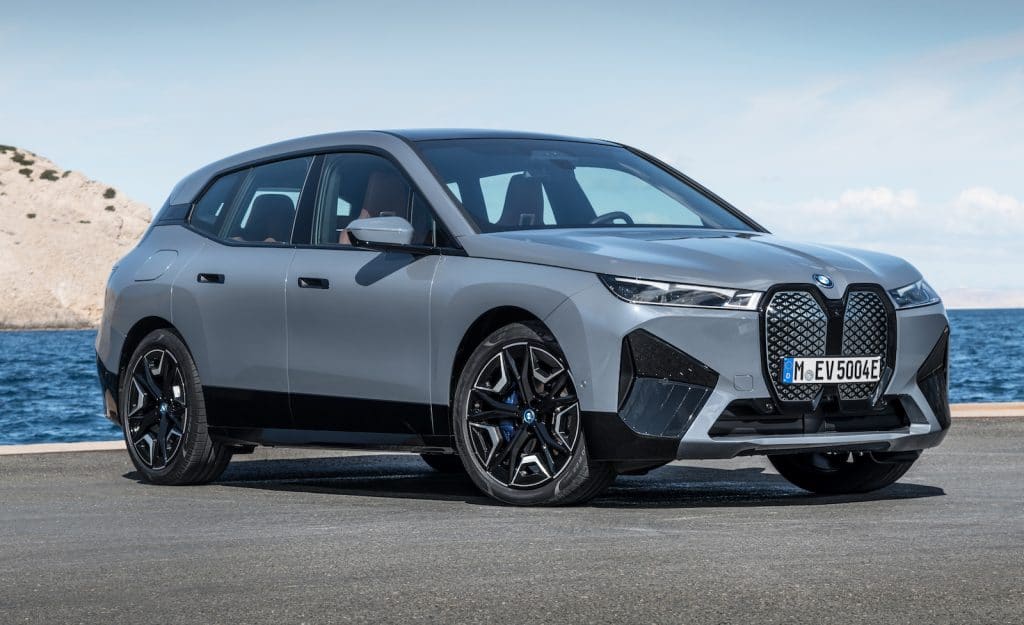
BMW i4. The Bavarian automaker finally pulled the covers off two new battery-electric vehicles in June, including the i4. It was a long-awaited move, BMW was the first traditional automaker to create an all-electric sub-brand, but slow to replace the original i3 and i8 models. The electric alternative to the family 4 Series will come in several forms, the i4 eDrive40 featuring a single, rear motor making 335 hp and launching from 0-60 in 5.5 seconds. The i4 M50 will add a second motor up front and boost output to 536 hp — cutting launch times down to 3.7 seconds. An even faster M model is in the works.
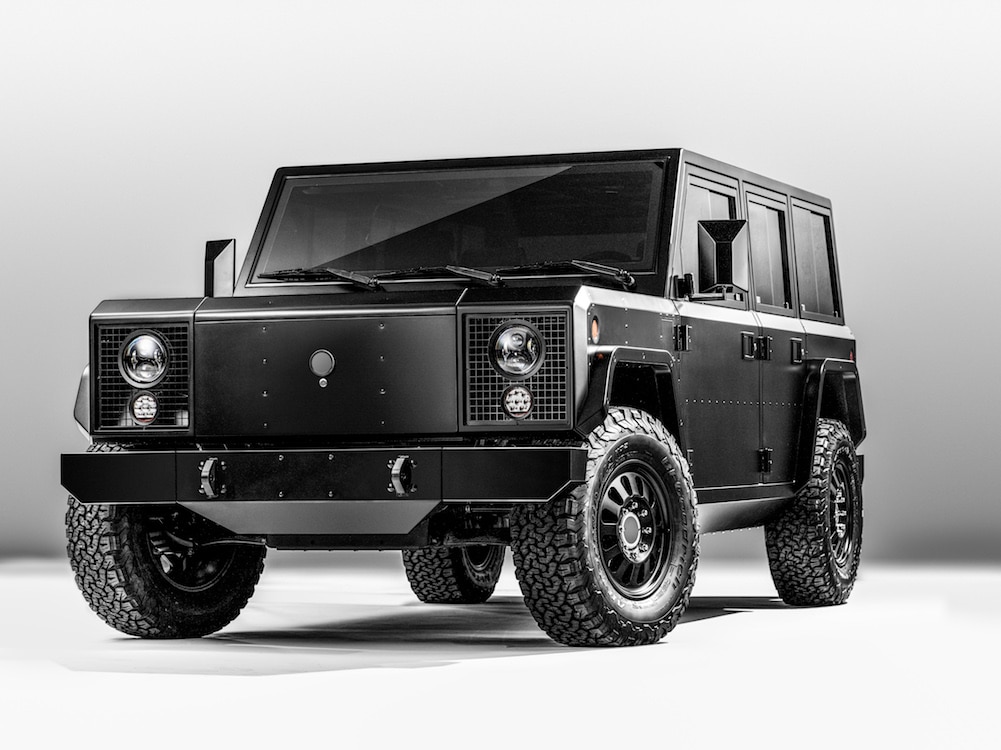
BMW iX. Originally known, in concept form, as the iNext, the production model pushes both the design and technology envelopes, using an all-new, skateboard-style platform and a higher-voltage electrical architecture. Basically sized in line with the X5, two versions will be offered at launch, including the 516-horsepower all-electric iX xDrive50 that runs from 0 to 60 mph in just 4.6 seconds — with an estimated range of 300 miles per charge, it will start at $83,200. An iX M60 is in the works and will make around 600 hp.
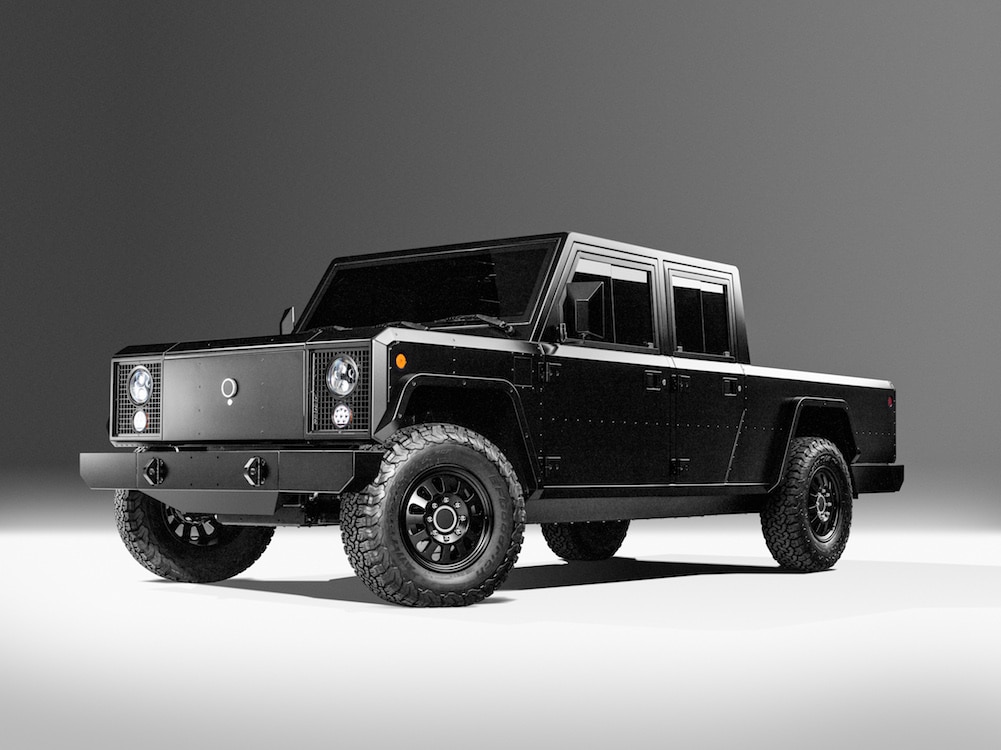
Bollinger B1. It’s been years since a new U.S. automaker has been able to crack into the market, but there could soon be a flood of unfamiliar names hoping to emulate Tesla’s success, including Michigan-based Bollinger. The suburban Detroit startup has an assortment of retail and commercial models in the works, all adopting a very military-style, function-over-form design language. That’s more than just for looks. The B1 SUV is expected to carry up to 5,000 pounds of cargo pulling power from a 120 kWh battery pack. Its motors will produce a combines 614 hp and 668 lb-ft of torque.
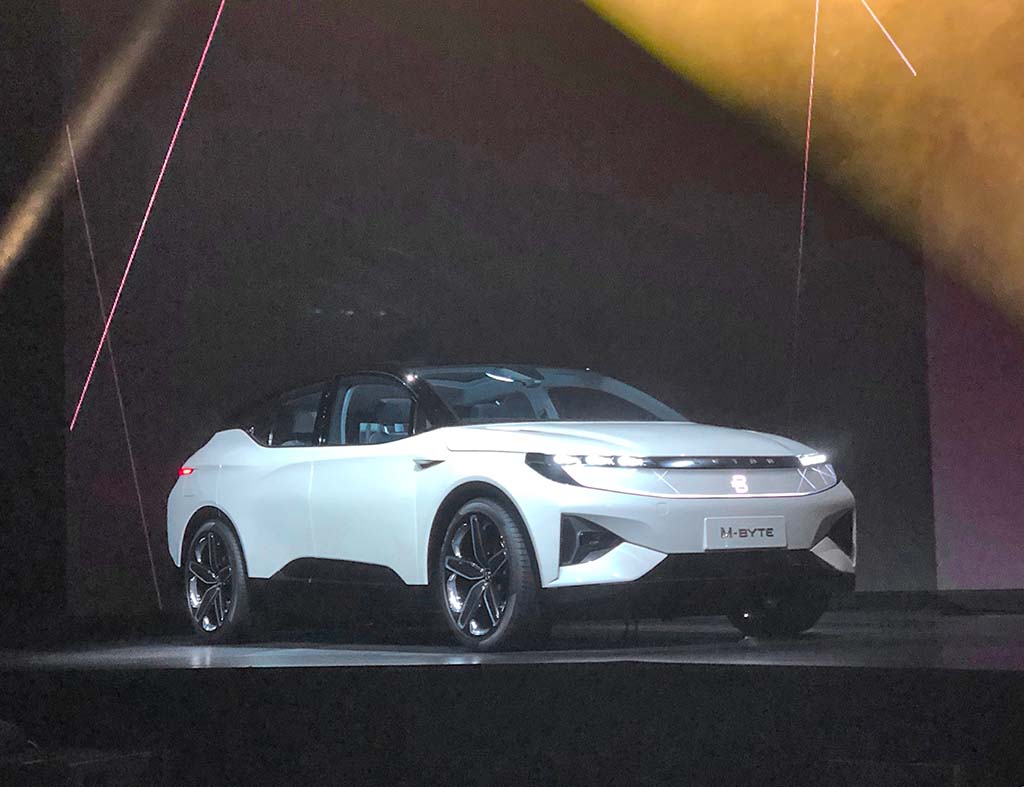
Bollinger B2. This pickup is the brand’s other model targeting the retail market. It will share the same 614-hp all-wheel-drive powertrain and payload capacity as the SUV. But the B2 adds some useful new features such as tailgates at both the front and rear end, numerous storage niches and a cabin pass-through allowing a motorist to carry a 16-foot length of lumber without having it hang outside. The B2 also shares the SUV’s 15 inches of ground clearance.
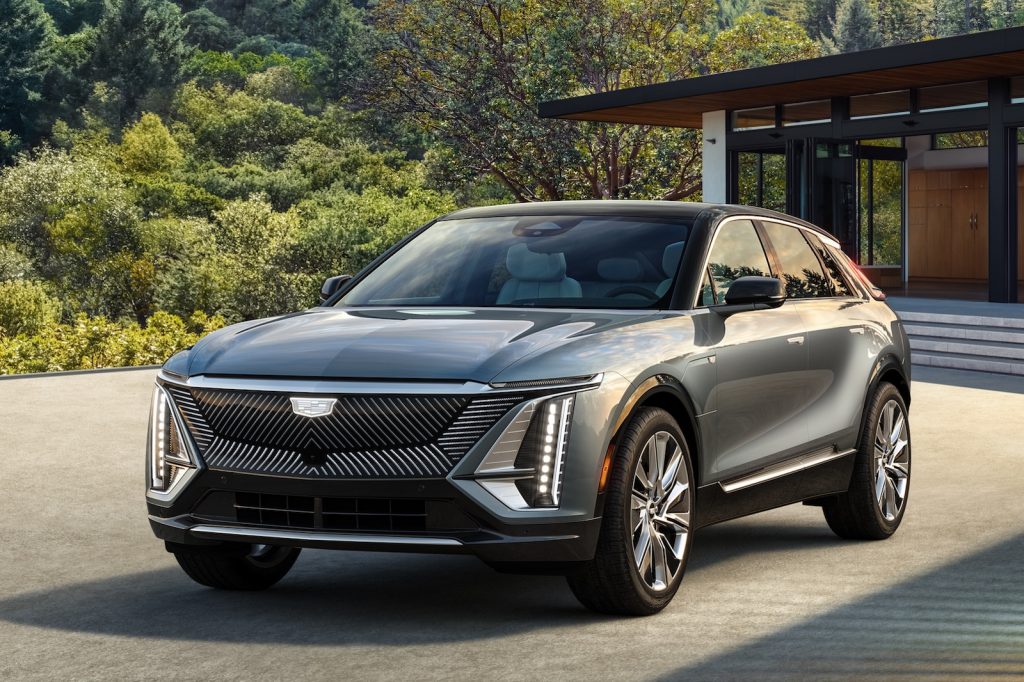
Byton M-Byte. This Chinese-owned startup made a splash when its original K-Byte and M-Byte concepts debuted at the Consumer Electronics Show in Las Vegas. But it’s struggled to keep funding flowing and put those models into production. It claims it’s finally ready to do so, starting with the bigger M-Byte which is notable for the 48-inch video display topping its instrument panel. Several versions will be offered, including a 272 hp single motor, rear-drive package powered by a 72 kWh battery. A second package will bump that to 408 hp, as well as all-wheel-drive, and yield 286 miles from a 95 kWh pack.
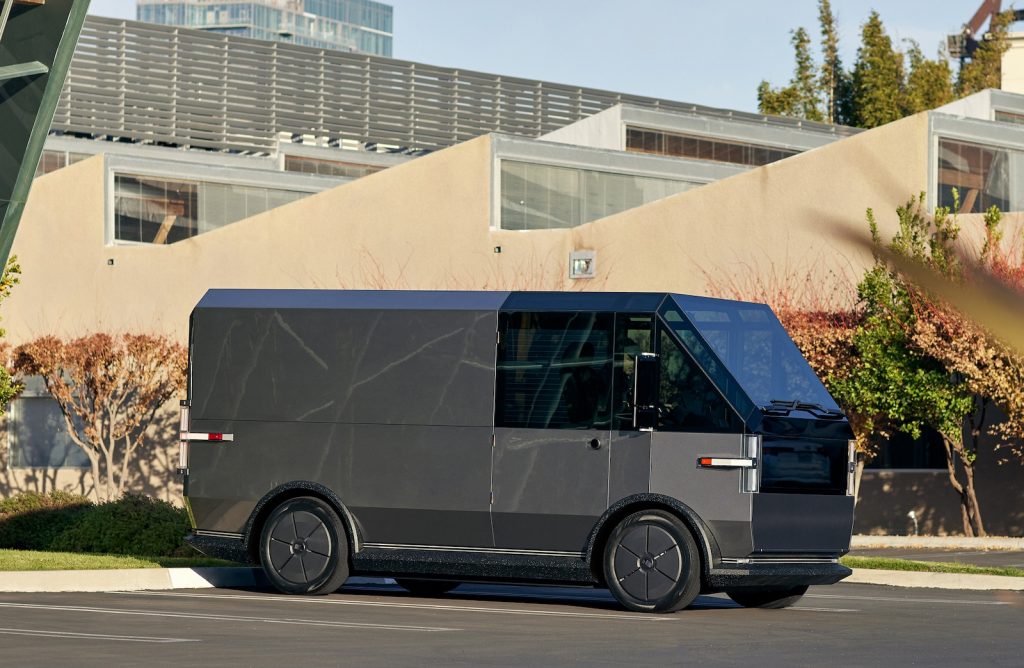
Cadillac Lyriq. General Motors promises to have at least 30 BEVs in production by 2025 and the effort gets into gear this year with the launch of the GMC Hummer pickup and then, months later, the addition of the Cadillac Lyriq. Riding on the all-new Ultium platform and using a new generation of lithium batteries, the Lyriq is being described as the Cadillac customers have long waited for, with a striking design inside and out. It will debut with a single electric motor but follow with a two-motor, all-wheel-drive package soon after. Expect more than 300 miles of range from a 100 kWh battery pack.
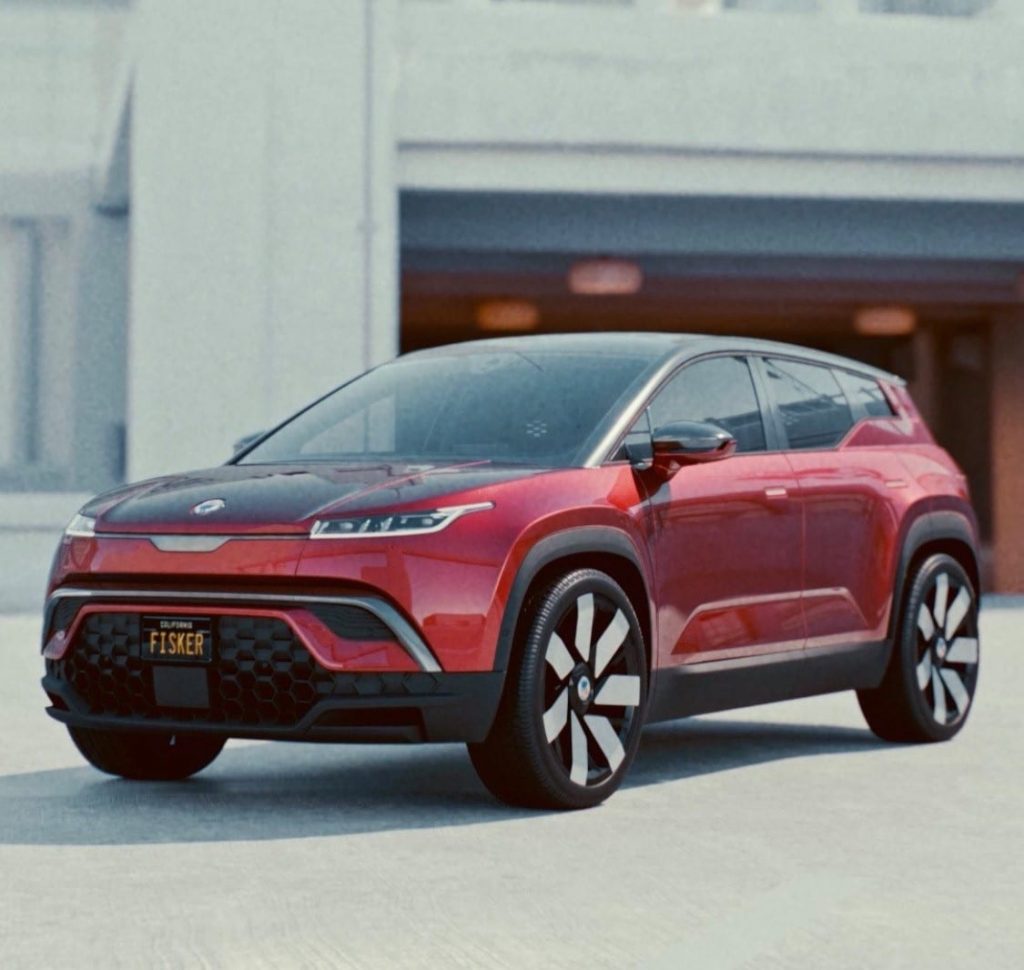
Canoo Canoo Van. Another battery-electric wannabe, Canoo is developing an assortment of what are some of the most decidedly eccentric looking products coming to the battery-electric market. That will include a pickup and delivery vehicle, but Canoo plans to enter the retail market with this van-like offering. Basically a variation of the delivery truck, the van will provide room for up to seven passengers. And plenty of room they will offer, Canoo’s design moving the passenger compartment nearly all the way up to the van’s nose — but for space needed for the requisite crash technology.
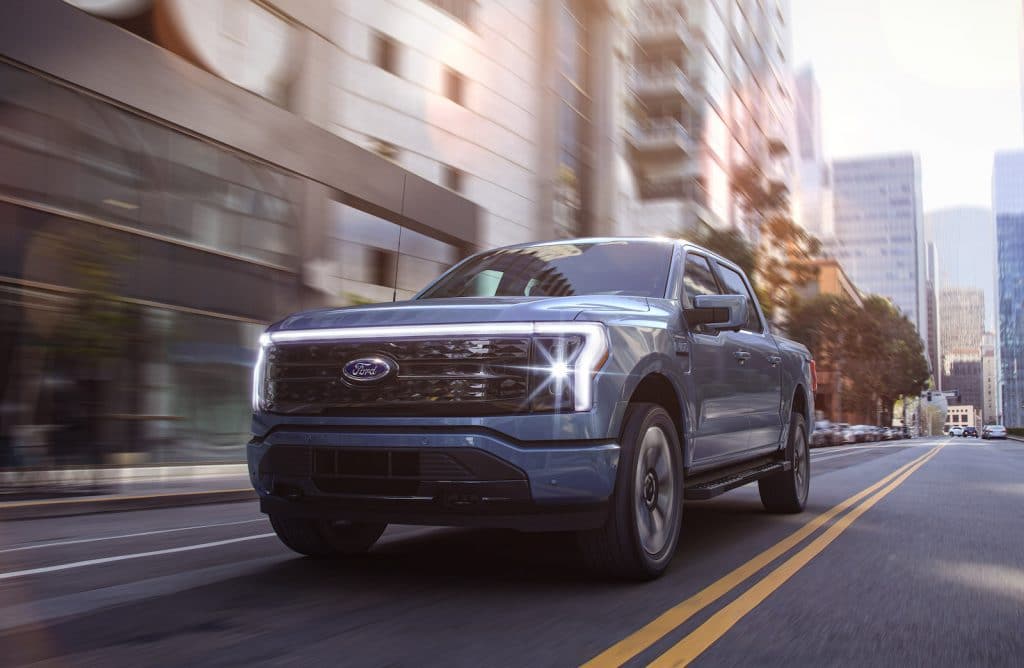
Fisker Ocean. Henrik Fisker was an EV pioneer with his original Karma plug-in hybrid sports car. His first company went bust (but has since been resurrected by the Chinese). Now, he’s back with a second startup that’s promising to launch seven BEVs by 2030. The rollout begins next year with the Fisker Ocean, an all-electric SUV expected to be shown in production form at the LA Auto Show in November. Expected to start under $38,000, Fisker promises multiple versions and different battery packs that should deliver range topping 300 miles.
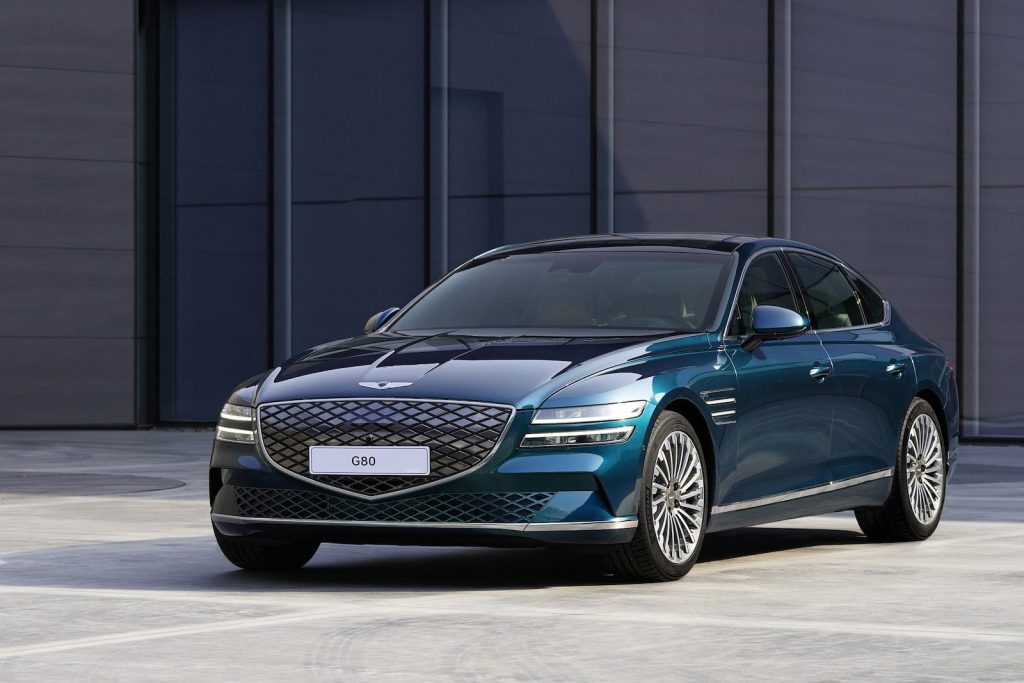
Ford F-150 Lightning. The Blue Oval brand has received so many orders since the battery-powered pickup debuted earlier this year it plans to double initial production. Scheduled to start rolling out next June, Ford will offer a variety of different configurations of the Lightning, much as it does with the gas-powered F-150. These will include an under-$40,000 work truck delivering more than 200 miles per charge. Retail customers could opt for more luxurious alternative and a twin-motor configuration hammering out 563 hp and 775 lb-ft — enough to hit 60 in barely 4 seconds. Its range will top 300 miles.
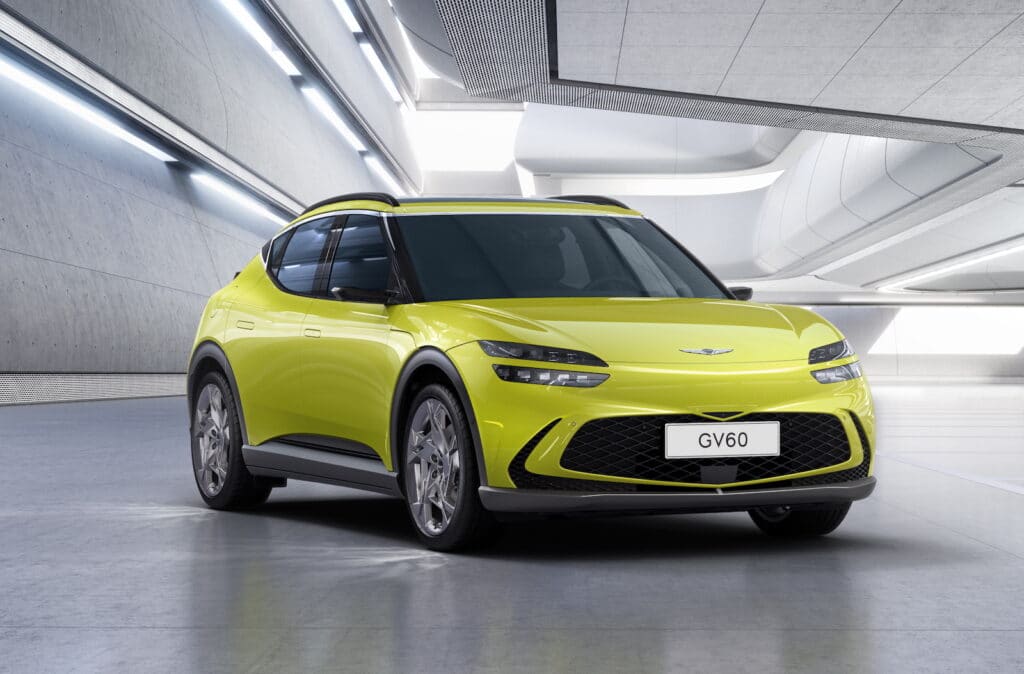
Genesis Electrified G80. The Hyundai Motor Group has big plans for electrification and that covers not only mainstream Hyundai and Kia, but the Genesis luxury brand, as well. The Electrified G80 is something of a throwback in that it is based on the conventional, gas-powered sedan, rather than using a new, skateboard-like platform placing batteries and motors under the floor. Still, Genesis officials claim the BEV will be quick — hitting 60 in 4.9 seconds — and, using an 800-volt electrical system, it will deliver an estimated range of more than 300 miles.
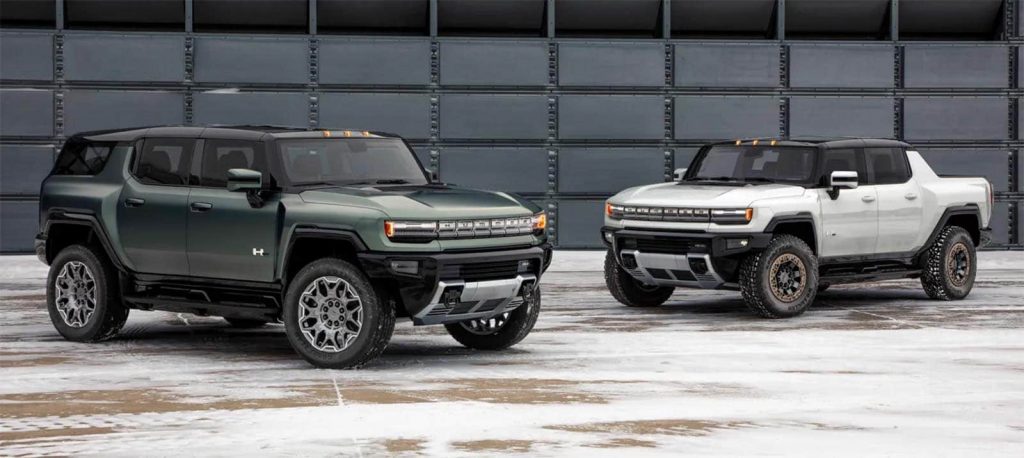
Genesis GV60. From a technology perspective, the real breakthrough for the Genesis brand will come with next year’s debut of the GV60. It will be the brand’s first all-electric model to ride on a skateboard-style platform, dubbed E-GMP, shared with the Hyundai and Kia brands. That said, the electric powertrain largely will be lifted out of the Electrified GV80. It can operate at 400 or 800 volts and use one or more motors. That will mean quick charging and a quick launch, under 5 seconds 0-60. Range is also likely to be over 300 miles.
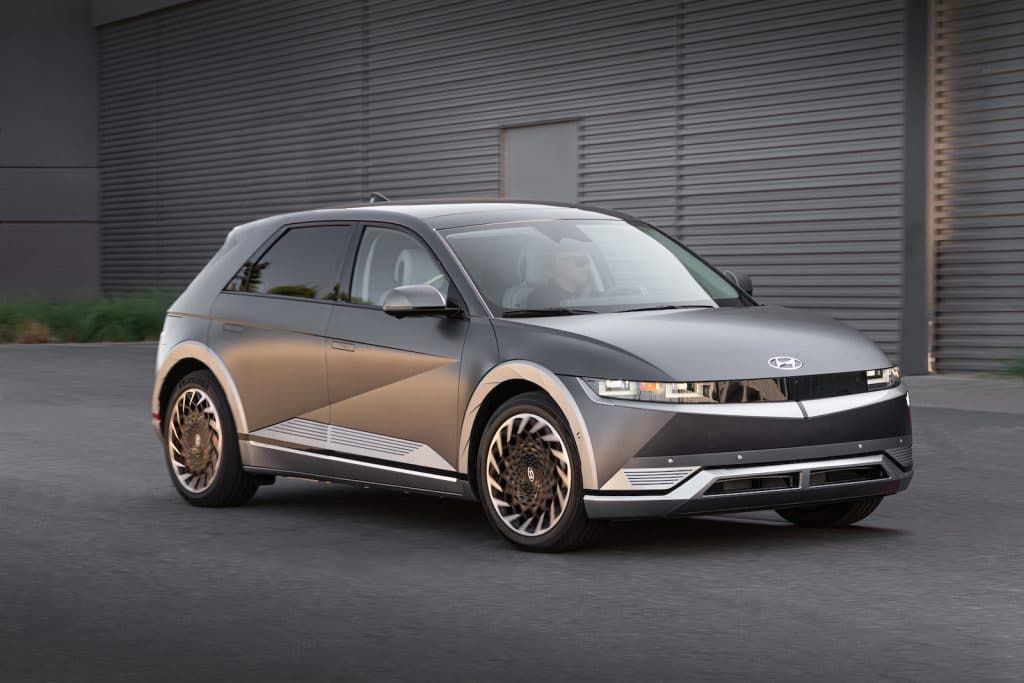
GMC Hummer EV. While the Chevrolet Bolt EV and subsequent Bolt EUV were GM’s first long-range offerings, the automaker’s electric assault really kicks off this year with the launch of the GMC Hummer EV. While it looks a lot like the behemoth environmentalists used to love to hate, the pickup goes pure battery and has plenty of power, with a solid 1,000 hp and mind-boggling 11,500 lb-ft of torque with the initial, three-motor model. Less powerful versions will follow. The Hummer pickup and SUV to follow will feature removable roof panels and an unusual “crab mode” allowing it to make extremely tight turns.
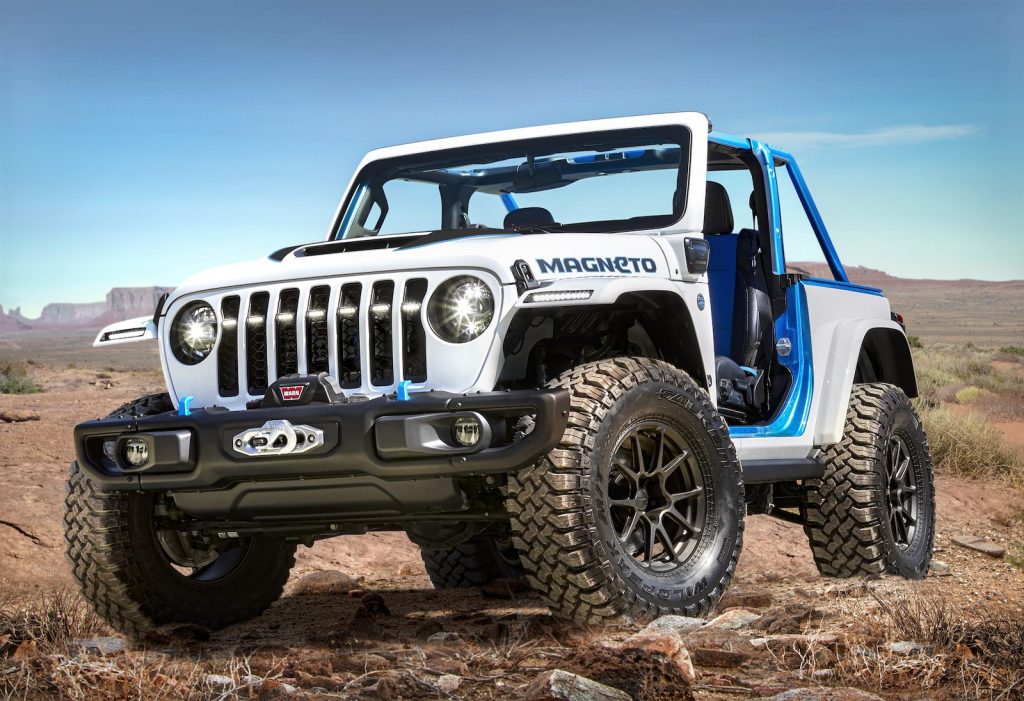
Hyundai Ioniq 5. The South Korean carmaker has big plans for EVs and while it already offers several — including a version of its Kona SUV — the Ioniq 5 will be its first on a dedicated EV platform, the E-GMP. Ioniq 5 will be offered with several different drivetrain packages. The base car will rely on a single, rear-mounted motor producing 218 horsepower and 258 pound-feet of torque — enough to launch from 0 to 100 km (0-62 mph) in 7.4 seconds. A twin-motor, all-wheel-drive package bumps that to 306 hp and 446 lb-ft and launch times of 5.2 seconds. Two battery pack options will offer up to around 300 miles range.
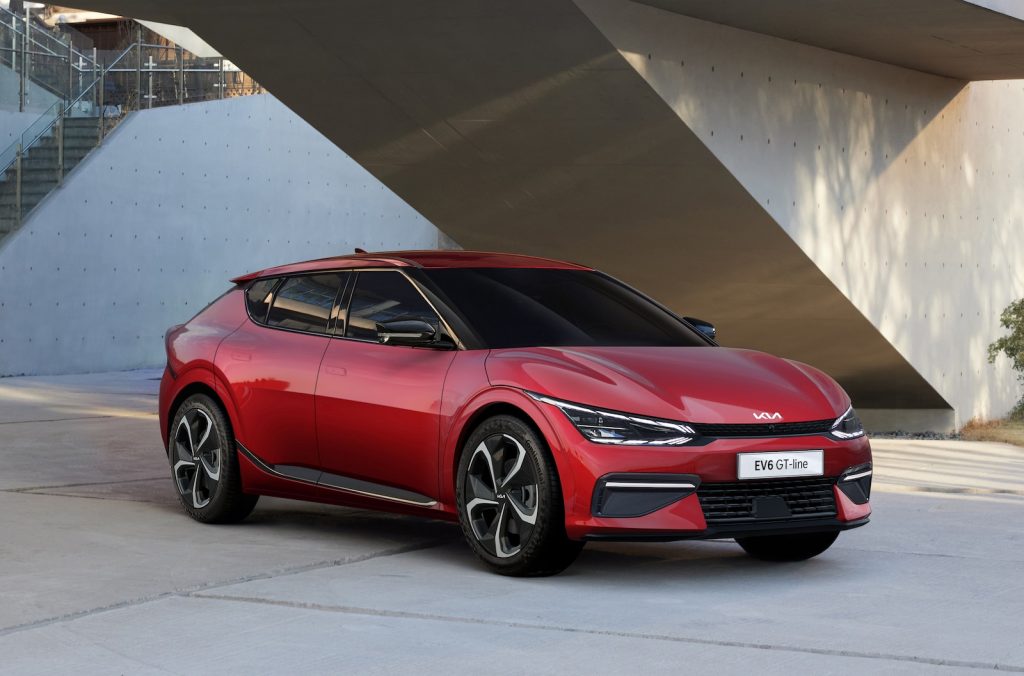
Jeep Wrangler Magneto EV. The off-road brand launched its first “electrified” model this year — and the Wrangler 4xe is now America’s best-selling plug-in hybrid. Now, it’s ready to add an all-electric version of the iconic nameplate, the Wrangler Magneto Concept unveiled during the Easter Jeep Safari early this year. It will continue to use the existing model’s platform, squeezing in four battery packs to power twin motors making 285 hp. In another curious move, the Wrangler Magneto will feature a 6-speed manual transmission. Almost all BEVs use single-speed gearboxes.
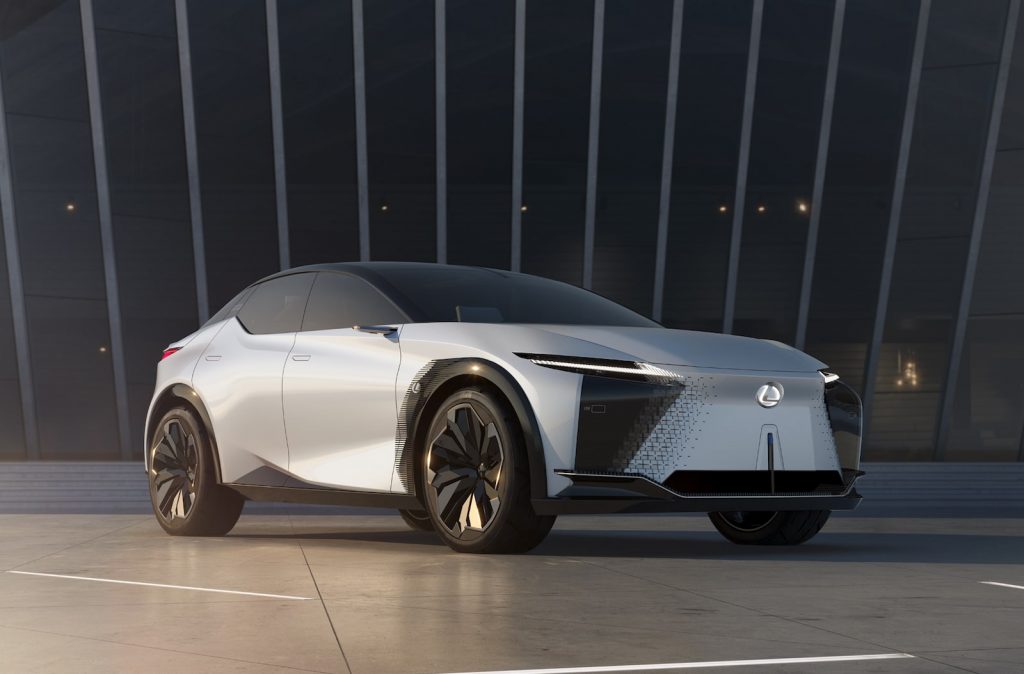
Kia EV6. Like its South Korean sibling, Hyundai, the Kia brand is betting big on battery power. The first of 11 upcoming models to share the E-GMP platform, the EV6 made a splashy debut in New York City’s Times Square last spring. Roughly the size of the Telluride, a rear-drive version will offer either a standard-range 58-kilowatt-hour and motors producing 167 horsepower, or a 77.4 kWh pack with output bumped to 218 hp. All-wheel-drive versions will all use the extended-range pack and offer anywhere from 313 to 576 hp. That translates into 0-60 times of 5.1 and 3.5 seconds, respectively.
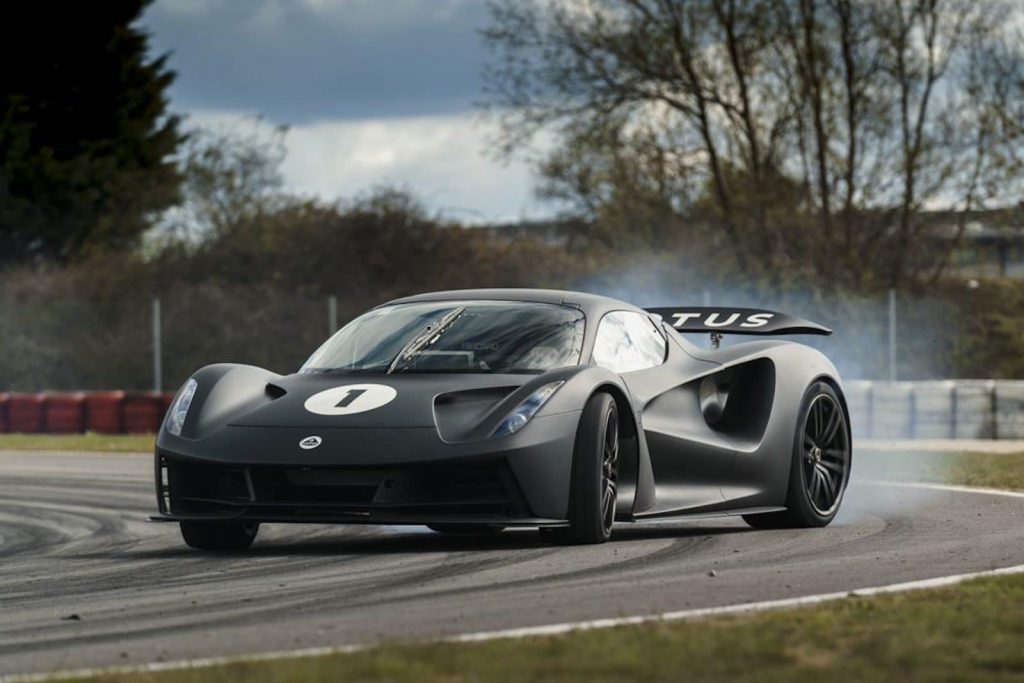
Lexus LF-Z. Forget the UX 300e offered overseas. Lexus is developing a ground-up BEV that could debut next year. There’s more guessing than hard data when it comes to what the luxury brand is working up, but some sources believe the debut model will borrow heavily from the brand’s LF-Z concept. It’s expected to use a drive system dubbed Direct4 and will offer through-the-road all-wheel-drive with motors on both the front and rear axles.
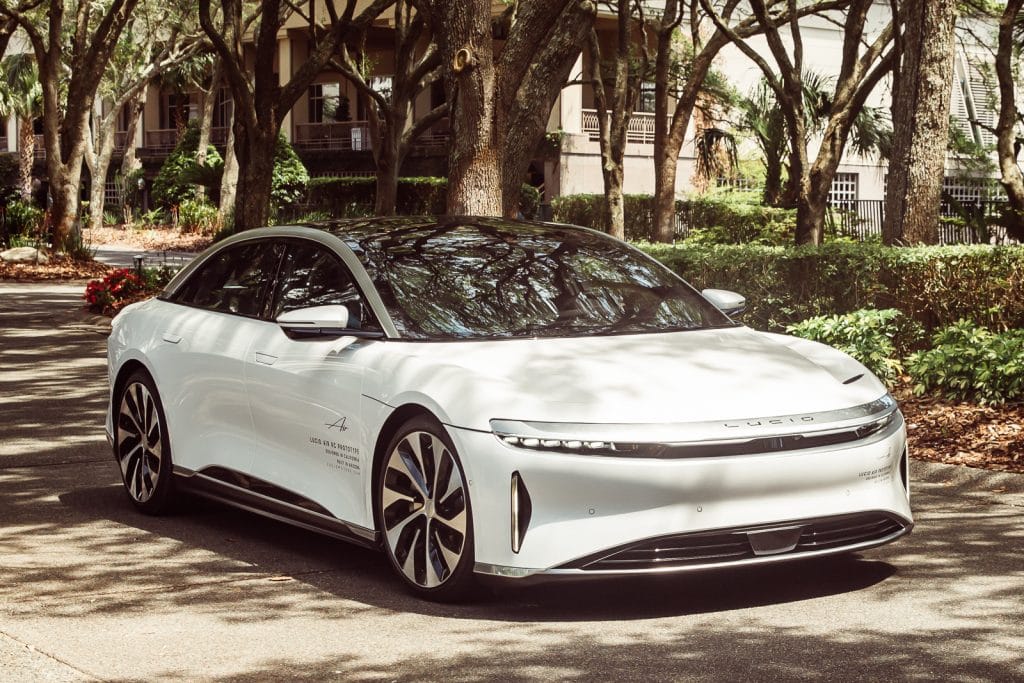
Lincoln Mark E. The luxury brand has revised its battery-car plans several times, killing off an electric SUV to be developed in partnership with Rivian. But some sources believe an Aviator-sized BEV could come to market by as early as next year. And though it is far from confirmed, it could be dubbed Mark E — a bit of an irony since the rest of the brand’s line-up is abandoning the “Mark” badging that so confused customers. Parent Ford is developing several skateboard-like platforms. It’s unclear if the SUV will be one of the first to use one, or if it will get a modified version of an existing Lincoln architecture.
Lotus Evija. Lotus is yet another brand planning to go all battery, taking advantage of the massive, instant torque electric motors can develop, even while lowering a vehicle’s center of gravity. The Evija will be the first to head in that direction, though Lotus plans to produce just 130 of the track-ready models. The $2.4 million hypercar will punch out an astounding 1,972 hp and 1,254 lb-ft of torque and will be designed for both track and street use.
Lucid Air. This startup is considered one of the most likely to make it, and Peter Rawlinson, its joint CEO and Chief Technology Officer, gets much of the credit as the guy behind the original Tesla Model S. The well-funded EV maker has outlined an array of products it’s working up, but it will debut very late this year or early in 2022 with the Lucid Air. The sleek sports sedan has plenty to boast of, including a lavish, roomy cabin. But two debut models will also offer a choice of emphasizing range or performance. Think 500 miles per charge on the Lucid Air Dream R, or 1,111 hp on the Lucid Air Dream P.
Check out the rest of the upcoming BEVs, Click Here for everything from the Mazda MX-30 to the Volvo XC90 Replacement.



